Triumph Motorcycles has revealed more details of its Triumph TE-1 development project following the completion of final testing.
This electric motorbike prototype won’t go into production but Triumph confirms development of the first in a new generation of electric production bikes is now underway.
Read more: Triumph TR2 returns as lightweight electric sports car
The 135mph TE-1 draws heavily on the attributes of the 1160cc, Triumph Speed Triple producing 175bhp compared to 177.5 bhp for the three-cylinder machine. Peak torque is 80lb ft giving the electric bike a 0-60mph time of 3.6 seconds and, bettering the Triple, a 0-100mph time of 6.2 seconds.
How to do a CBT on an electric motorbike
Range is claimed to be best in class at 100 miles (on the official WMTC test cycle) and the battery can be charged from 0-80% in 20 minutes on a 50kW charger. In common with all EVs, the Triumph has regenerative braking which is fully integrated with the ABS braking system.


Design is a tight fit with existing production Triumphs despite the radical drivetrain and technology beneath the exterior and that’s deliberate, explains Triumph’s chief product officer, Steve Sargent. “The objective is to make something which sits within the Triumph family. We’ve seen some weird and whacky EV two-wheelers around but we think it’s a lot easier to get customers into electric vehicles if design isn’t a barrier to them.”
Triumph reveals first electric TE-1 motorbike
The TE-1 has been developed in conjunction with Williams Advanced Engineering, which between 2014 and 2018 was the sole battery supplier to Formula E and also designed and supplied the batteries for F1 KERS systems. Other partners were Integral Powertrain Ltd and WMG at the University of Warwick.

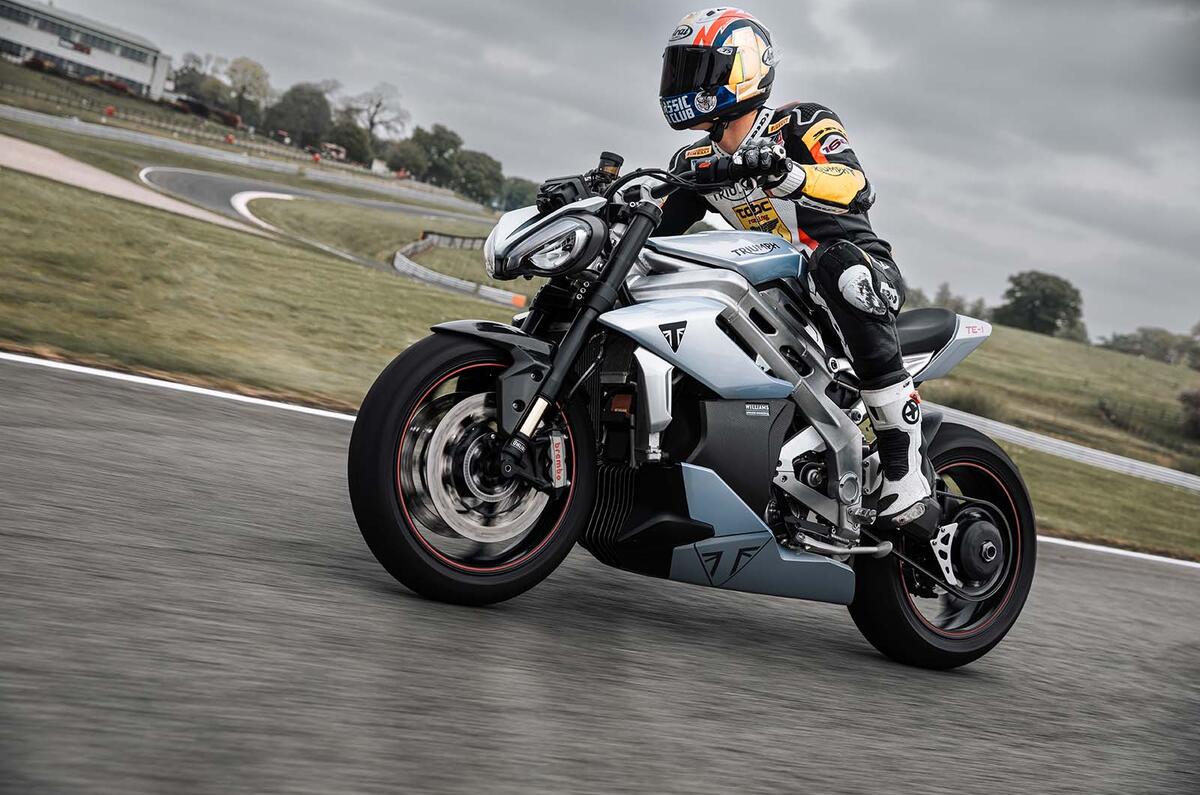
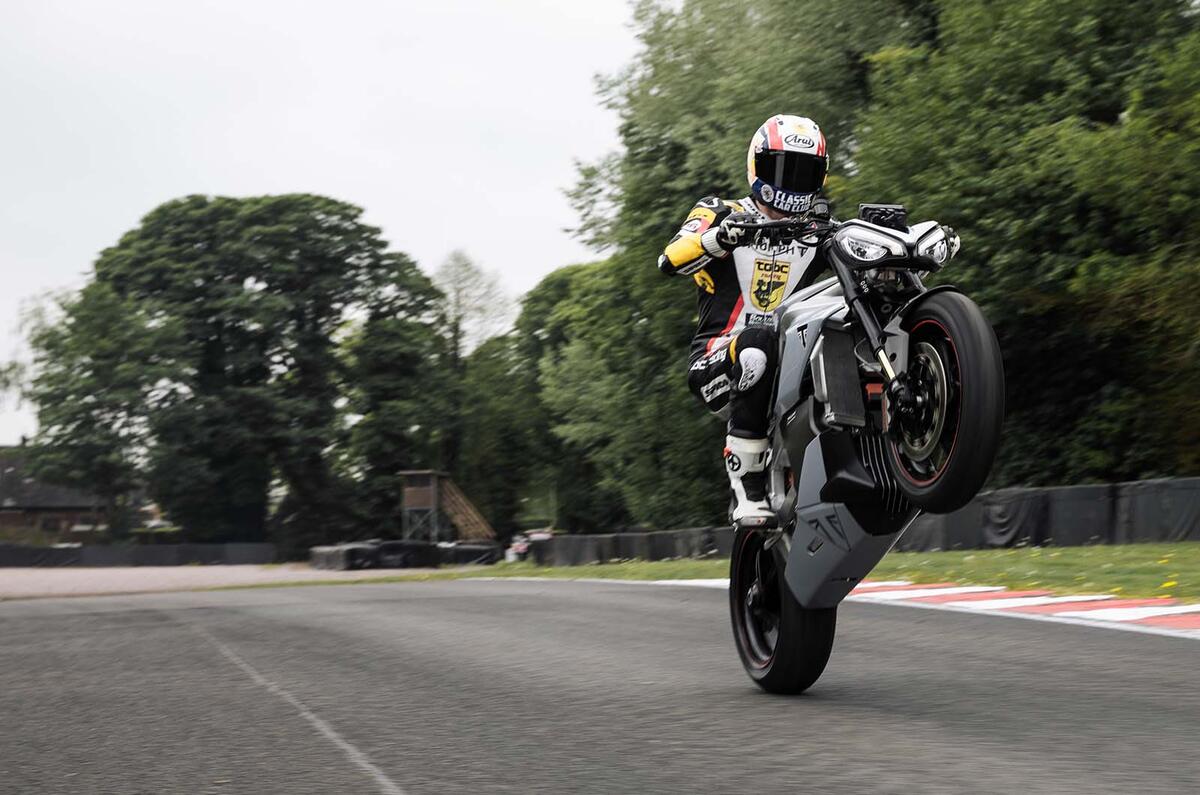
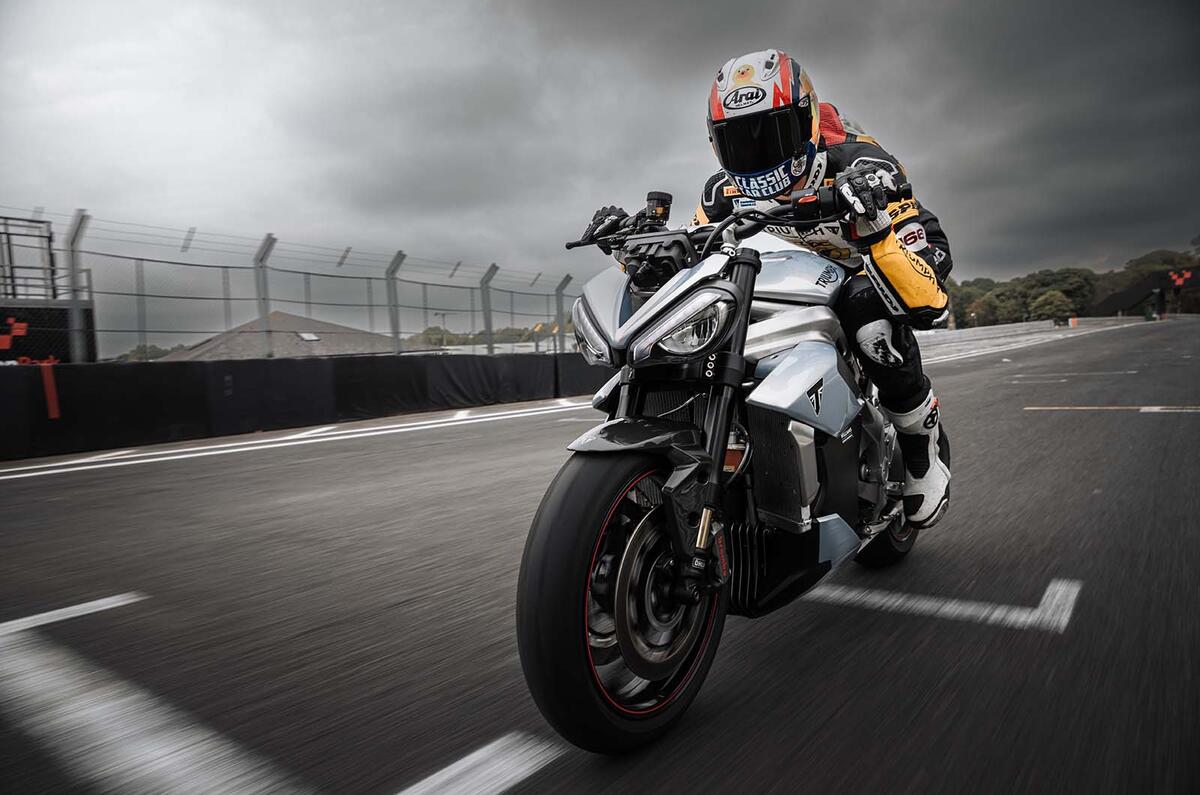
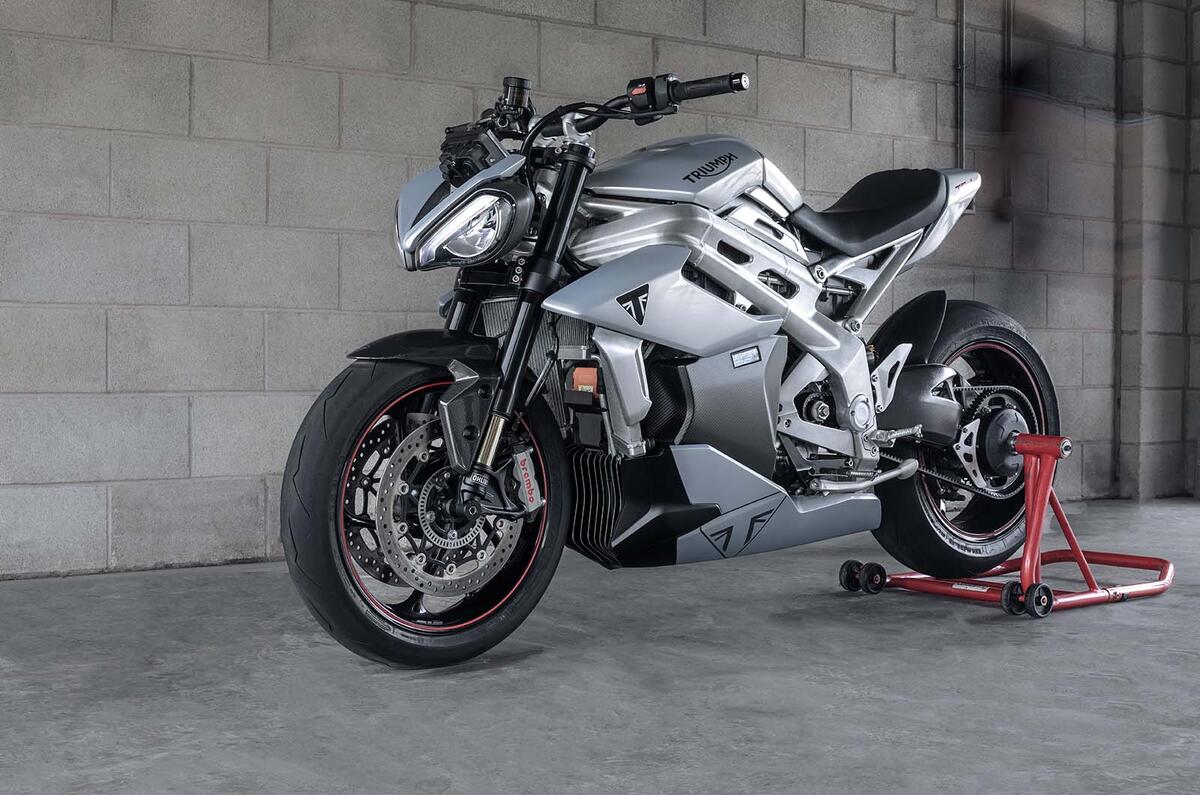
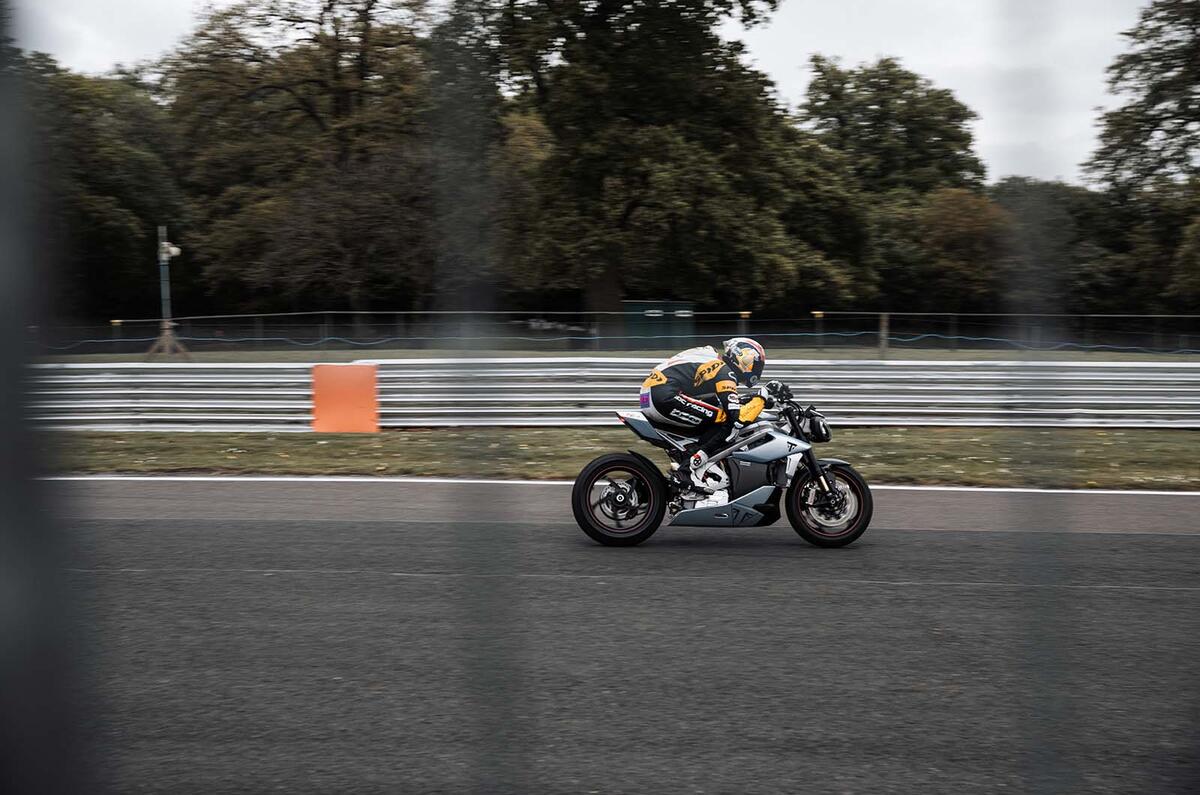

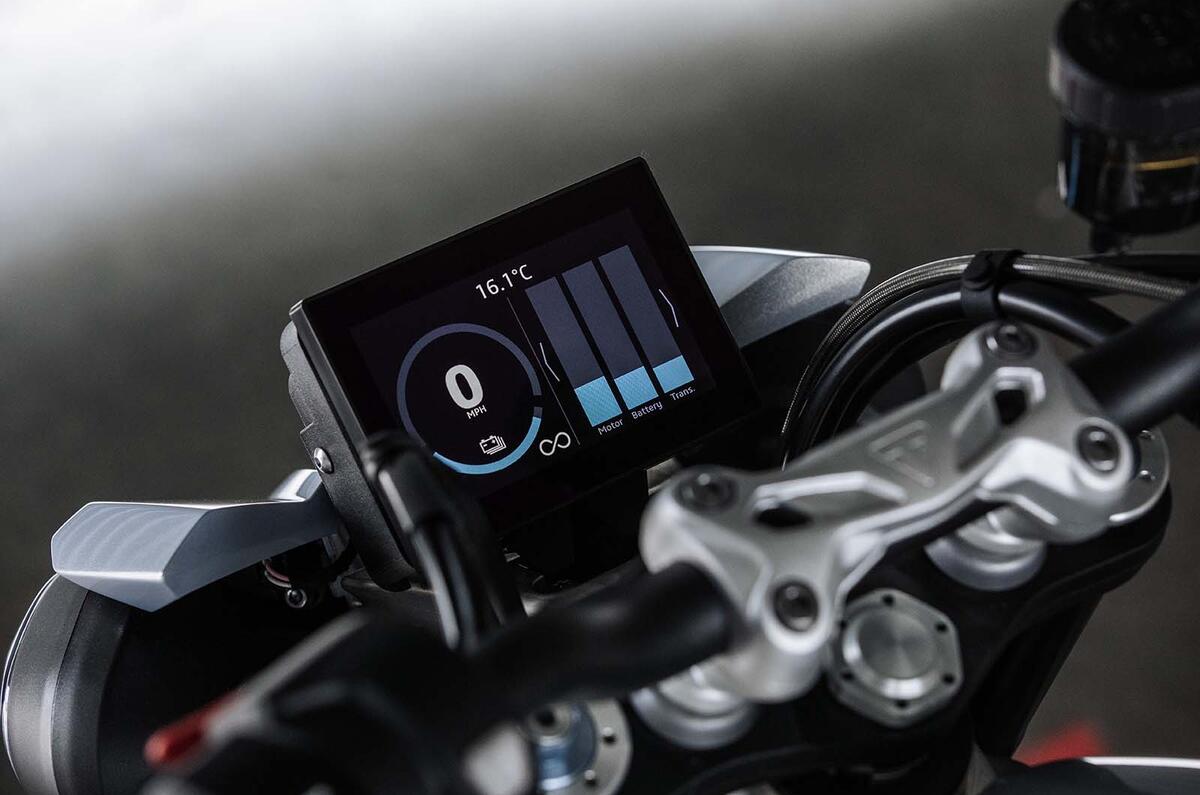
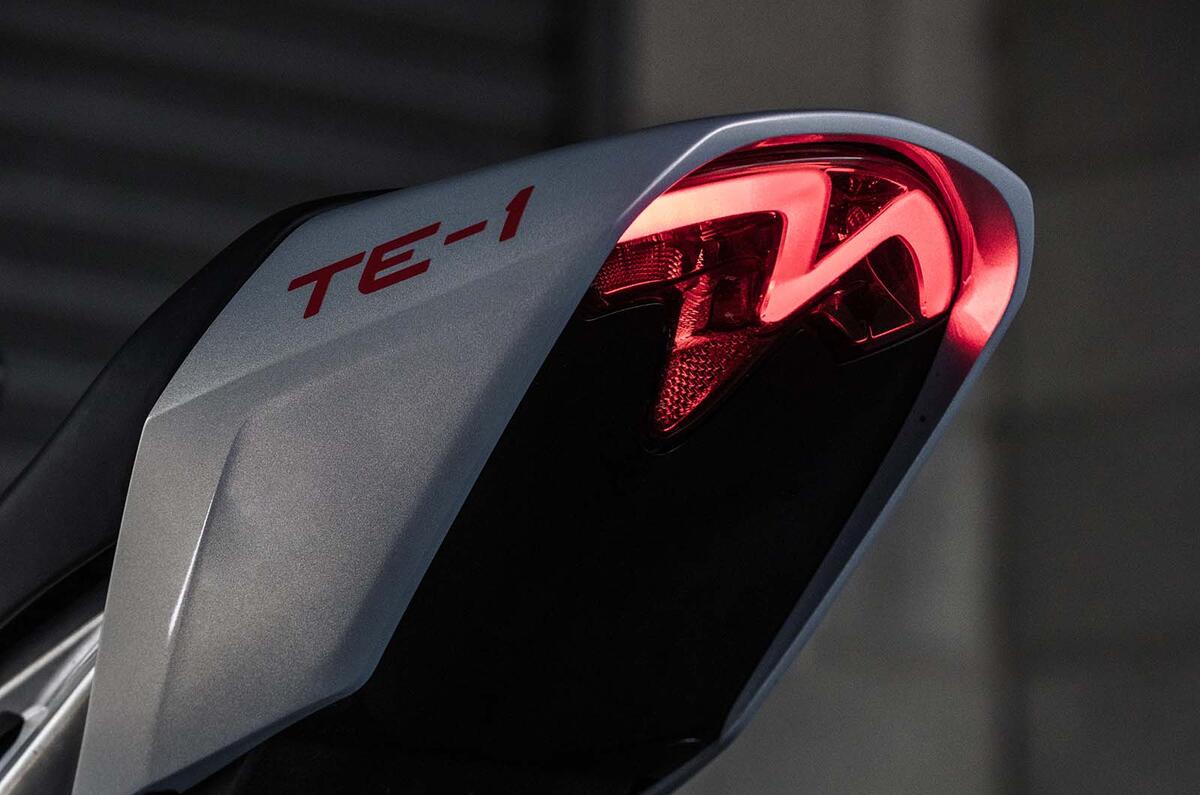
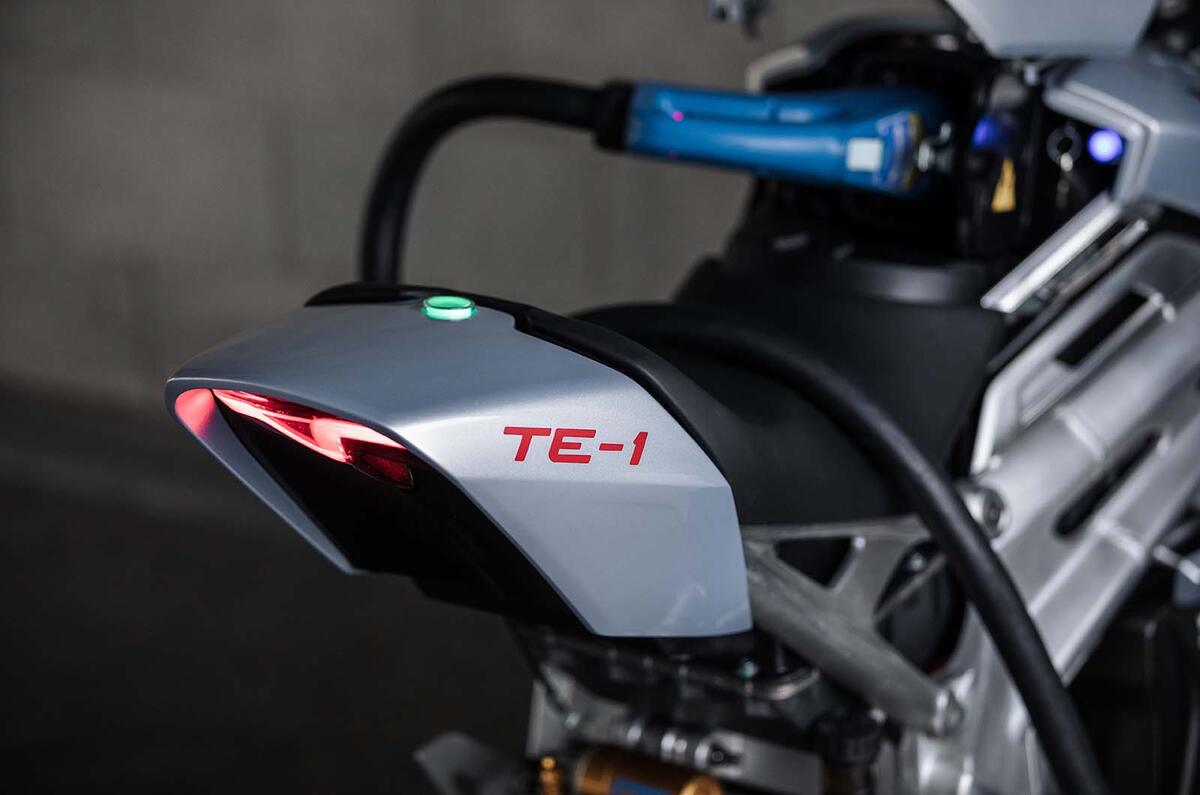



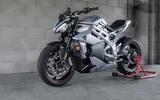
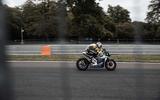
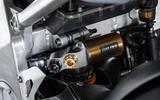

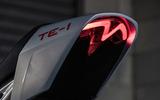
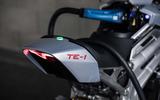


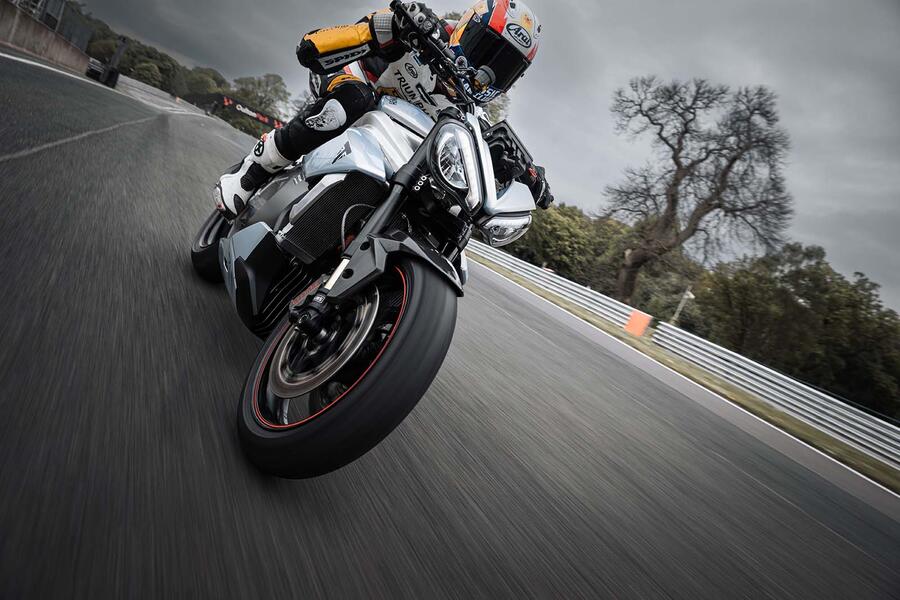

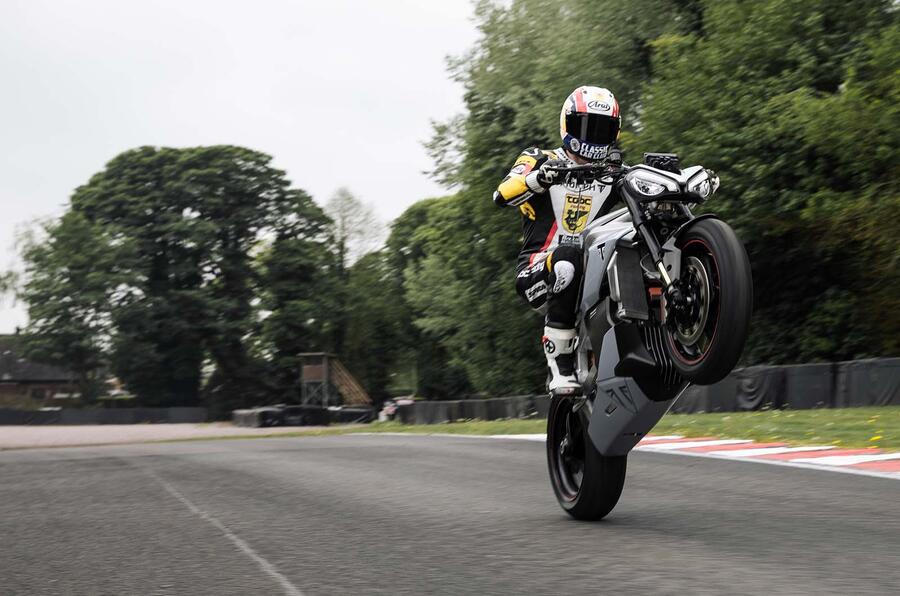




Add your comment